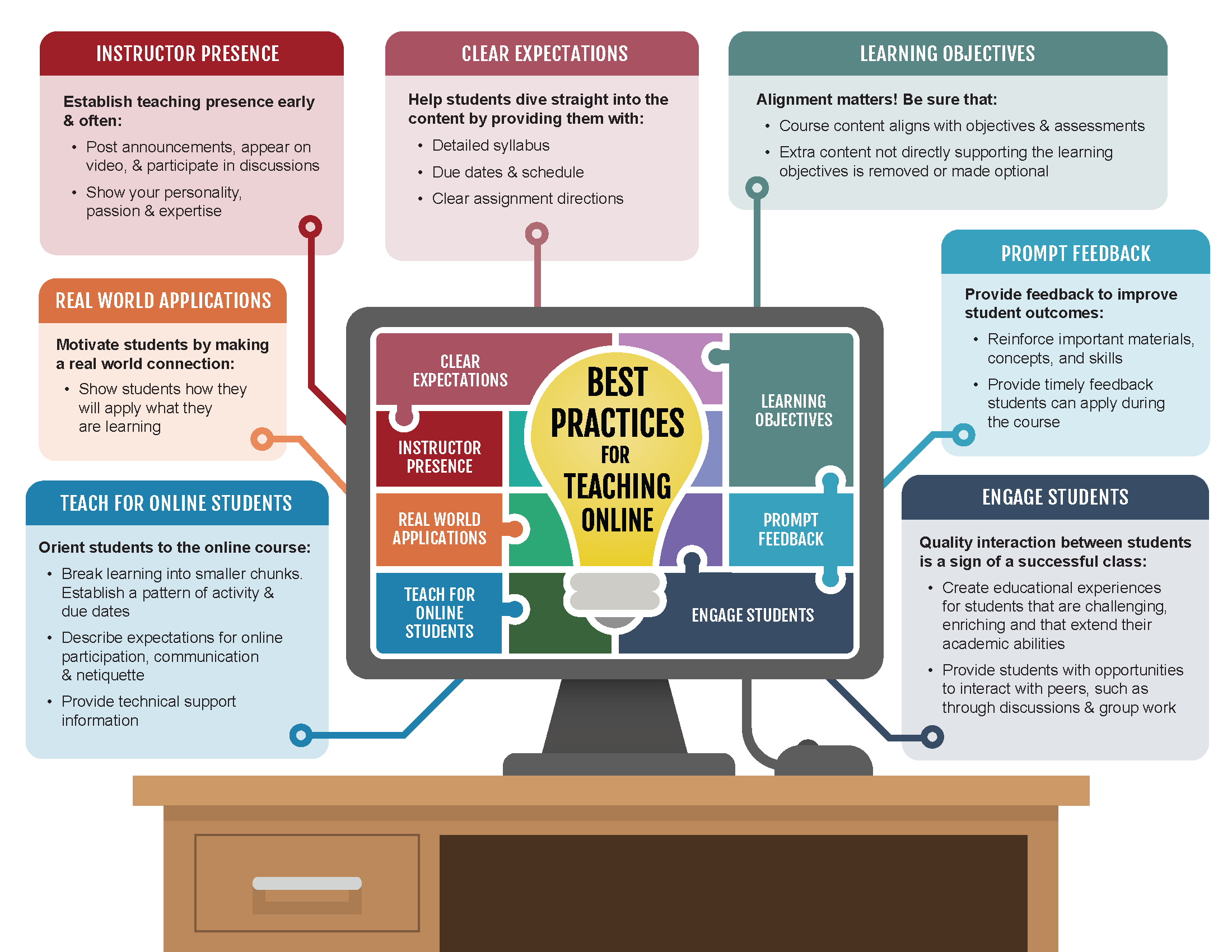
Best Practices for Online Teaching and Learning
With the advancement of technology and the rise of online education, it has become more important than ever for teachers and students to adapt to the virtual learning environment. In this article, we will delve into the best practices for online teaching and learning that will help both educators and learners succeed in the digital age.
Creating Engaging Content
One of the key aspects of online teaching is creating engaging content that will keep students interested and motivated to learn. This can include interactive videos, quizzes, and assignments that encourage active participation and critical thinking. Utilizing multimedia elements such as images, videos, and animations can also help to make the learning experience more dynamic and engaging.
Establishing Clear Expectations
Clear communication is essential in the online learning environment. Teachers should clearly outline the course objectives, expectations, and deadlines to ensure that students know what is expected of them and can effectively plan their study schedule. Providing detailed instructions for assignments and assessments can help to minimize confusion and ensure that students are able to successfully complete their tasks.
Encouraging Collaboration
Collaboration is a valuable aspect of online learning that can help to create a sense of community among students and foster a supportive learning environment. Teachers can facilitate collaboration by incorporating group projects, discussion forums, and peer review activities into their online courses. Encouraging students to work together and share ideas can help to enhance their learning experience and develop important collaborative skills.
Utilizing Technology Effectively
Technology plays a central role in online teaching and learning, and it is important for educators to utilize technology effectively to enhance the learning experience. This can include using learning management systems, video conferencing tools, and interactive whiteboards to deliver content and engage with students. Additionally, teachers can leverage online resources such as webinars, podcasts, and online tutorials to supplement their course materials and provide additional learning opportunities.
Providing Timely Feedback
Feedback is a critical component of the learning process, and it is essential for teachers to provide timely and constructive feedback to students in the online environment. This can include feedback on assignments, assessments, and participation to help students understand their progress and areas for improvement. Providing regular feedback can help to keep students motivated and engaged in their learning and can also help to reinforce their understanding of the material.
Creating a Supportive Learning Environment
Creating a supportive and inclusive learning environment is essential for online teaching and learning. Teachers should be responsive to student inquiries and provide guidance and support when needed. Offering office hours, virtual meetups, and online tutoring sessions can help to create opportunities for students to connect with their instructors and peers and seek assistance with their studies. Building a sense of community and support can help to foster a positive learning experience for all students.
Conclusion
Online teaching and learning present unique challenges and opportunities for educators and students alike. By following these best practices, teachers can create engaging and effective online courses that facilitate student learning and success. By utilizing technology effectively, providing clear communication, and fostering collaboration and support, educators can create a dynamic and engaging learning environment that empowers students to achieve their academic goals.

